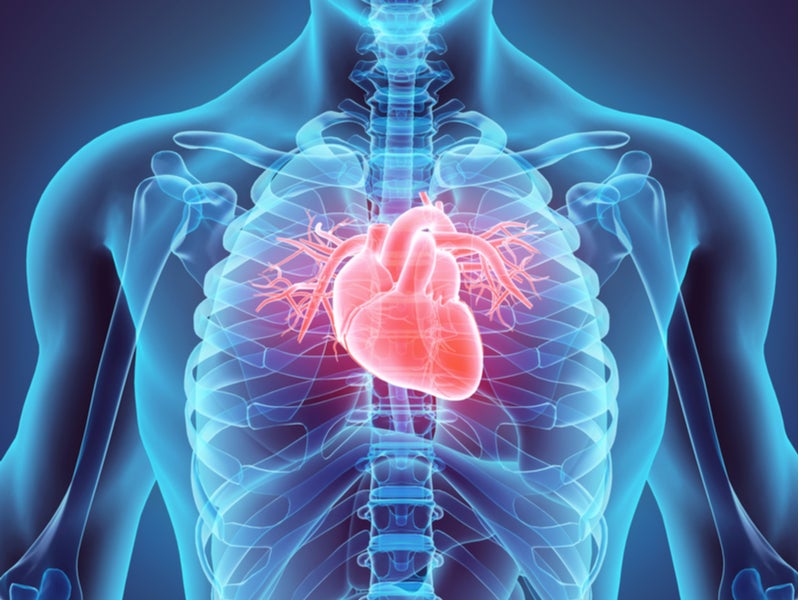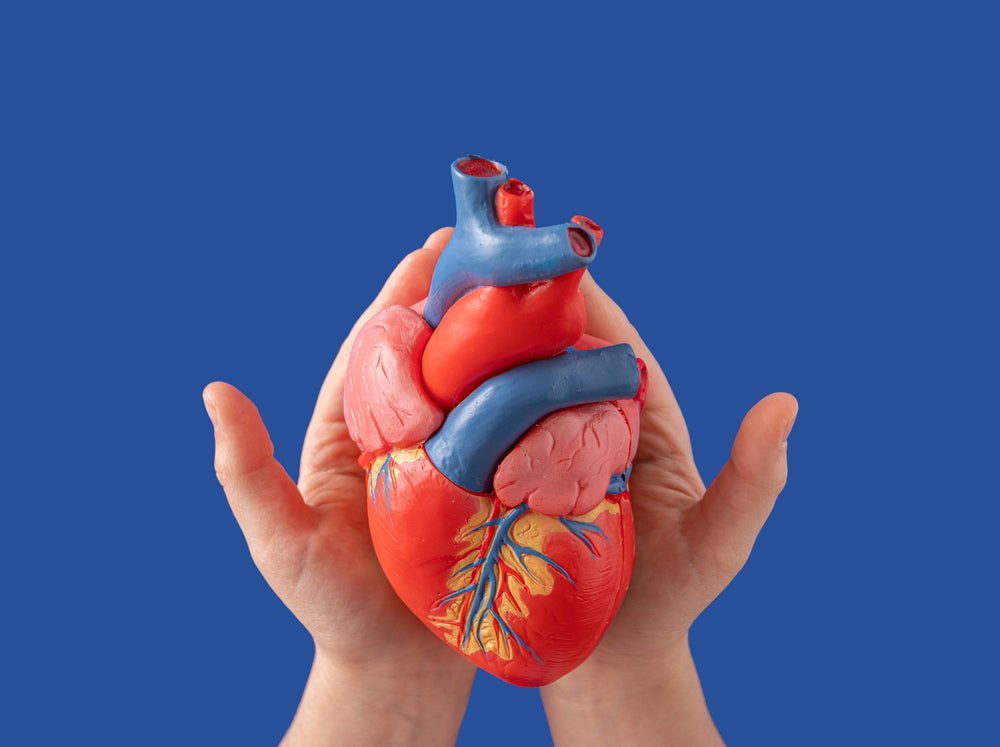
Patients holding their breath for five minutes or more could be used to support an emerging new radiotherapy technique for cardiac ablation, according to researchers at the University of Birmingham.
While the researchers were initially exploring whether the technique could be used as a means to diagnose ischaemic heart disease earlier, they now believe it could have further applications in radiotherapy.
The technique involves hyperventilating conscious, unmedicated patients using a mechanical ventilator which diverts air to the patient via a face mask. The hyperventilation causes hypocapnia, which leads to temporary constriction of the coronary arteries.
When tested on 18 healthy controls and ten subjects with angina and coronary artery disease who were awaiting bypass surgery, all tolerated the process well with minimal discomfort.
University of Birmingham senior lecturer in applied physiology Dr Mike Parkes said: “Stopping breathing with a safe breath-hold of over five minutes, using mechanically induced hypocapnia and now with oxygen-enriched air, could allow surgeons to target the radiotherapy for cardiac ablation much more precisely.”
During radiotherapy for cardiac ablation, patients with arrhythmias undergo precisely targeted radiotherapy applied from outside of the chest to destroy tissue that allows incorrect electrical signals to cause an abnormal heart rhythm. Breathing makes this procedure difficult because each breath causes the heart to move inside the chest.
How well do you really know your competitors?
Access the most comprehensive Company Profiles on the market, powered by GlobalData. Save hours of research. Gain competitive edge.

Thank you!
Your download email will arrive shortly
Not ready to buy yet? Download a free sample
We are confident about the unique quality of our Company Profiles. However, we want you to make the most beneficial decision for your business, so we offer a free sample that you can download by submitting the below form
By GlobalDataNon-invasive mechanical hyperventilation is still poorly understood, but patients with breast cancer are known to be able to hold their breath safely for over five minutes through this technique.
Parkes said: “The advantage of radiotherapy over radiofrequency or freezing is that radiotherapy is completely non-invasive and is applied from outside the chest. The other techniques require a catheter, passed via a vein in the groin or artery in the neck, to be placed inside the atria in the heart. Currently such radiotherapy is being considered only when all other ablation and pharmacological techniques have failed.”
The next step for the researchers is to test mechanical hyperventilation in patients with cardiac arrhythmias to see if they can tolerate it for long enough to carry out a radiotherapy session.




